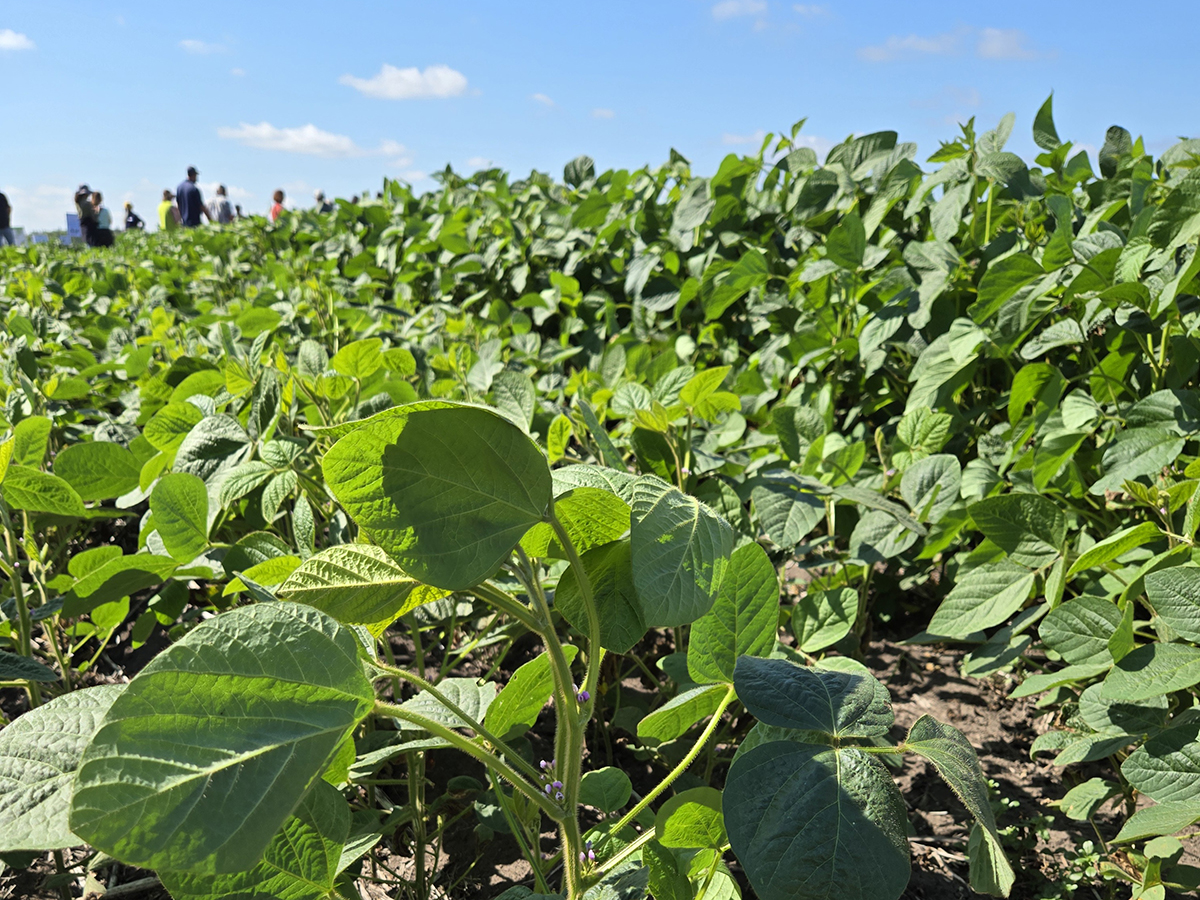“THE END IS NEAR!” shouted a sandwich sign worn by a grizzled old guy at Jasper and 101st. Growing up in Edmonton, I often passed him on the way to my accordion lessons.
His message always struck me as hopeful; I assumed it applied to my accordion lessons.
Oddly, it may be a hopeful message for us too. Sometimes we live in fear of the “end” without looking at it directly. We may fear the end of our farm or job, the end of our marriage, the end of our mobility, the end of our community church or school.
Read Also

Spider mites big soybean problem this season
Spider mite issues have been geographically limited but significant where they occur, said John Gavloski, an entomologist with Manitoba Agriculture.
And until we face it, that fear casts a pall over our lives. It warps our planning, undercuts confidence, saps our energy as we toss and turn at night.
Sometimes we need an apocalypse, a face-to-face encounter with the end to help us see what resources we actually have.
When I work with rural congregations worried about their future, I often give them an apocalyptic scenario: What if, overnight, your church was struck with lightning and burned to the ground, the pastor was found dead in bed and the church bank account unaccountably evaporated. You’ve got no money, no building, no pastor. What have you got left to do ministry with?
After a moment of quiet lament, we list on the board some of the stuff they still have. We list their skills and experience, their connections – people who owe them, access to local businesses, institutions and natural resources, things they’d be willing to lend or give, etc.
Then I divide them into teams of five and ask each team to build a ministry just using the resources listed and not trying to recover their building, bank account or pastor.
Once the congregation releases those things it has worried so much about losing, all sorts of interesting, out-of-the box ideas emerge.
I’ve seen plans develop for a counselling ministry in a hair salon, for lay-led worship in the funeral chapel, pet and music ministry with shut-in seniors and a home-based community kitchen to teach food skills, build friendships and support faith.
Generally the ideas are fully doable because the teams have among them all the resources they need. The same thing can be done with schools, hospitals, businesses.
There is an old song we used to sing in my childhood church: “Count your many blessings, name them one by one.” Corny maybe. And during a harvest when a lot of land and crops have been lost to floods or torn up by stuck machinery, it may be curses rather than blessings being counted.
Yet I’ve found it helps to do that full accounting. Often we don’t account for the costs we incur on our environment or others as we produce, process and transport our food, or run businesses and organizations.
But just as often we fail to fully count the resources available to us. A full accounting may reveal that, in some respects at least, the end is near – but so is the material for a new beginning.
Cam Harder is associate professor of systematic theology at the Lutheran Theological Seminary in Saskatoon.














